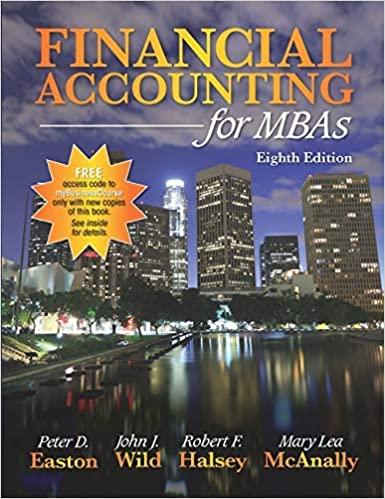Fife Company, a calendar-year public company, is preparing its first quarter following generally accepted accounting principles. For each of the items below, state whether the method being used is in conformity with generally accepted accounting principles with an explanaton of your answer and appropriate justification: 1. Fife takes a physical inventory at year-end for annual financial statements. Inventory and cost of sales reported in quarterly reports are based on estimated gross profit rates. Fife does have reliable perpetual inventory records. 2. The company has income that is taxed in Jurisdictions with graduated tax rates. The first quarter income puts Fife in the 10% tax bracket. The expected income for the year will put Fife in the 25% tax bracket. Fife records income tax expense for the quarter based on the 10% rate for the current income. 3. The company has entered into an agreement to sell a segment of their business. The sale will result in a loss on the discontinued operation in the second quarter. The company plans to recognize one-half of the loss in each of the first and second quarters. 4. The company reports inventory at lower of cost or market. At the end of the first quarter, the market value was below cost. Fife did not report a loss for the quarter since they expected the year-end market value to exceed year-end cost. 5. For one inventory pool, there was a decrease in the base price of the inventory during the quarter. Company A did not reduce layers to determine cost of goods sold. Instead, they used the expected cost of replacing the decline in the inventory pool to calculate the first quarter. cost of goods sold. Fife Company, a calendar-year public company, is preparing its first quarter following generally accepted accounting principles. For each of the items below, state whether the method being used is in conformity with generally accepted accounting principles with an explanaton of your answer and appropriate justification: 1. Fife takes a physical inventory at year-end for annual financial statements. Inventory and cost of sales reported in quarterly reports are based on estimated gross profit rates. Fife does have reliable perpetual inventory records. 2. The company has income that is taxed in Jurisdictions with graduated tax rates. The first quarter income puts Fife in the 10% tax bracket. The expected income for the year will put Fife in the 25% tax bracket. Fife records income tax expense for the quarter based on the 10% rate for the current income. 3. The company has entered into an agreement to sell a segment of their business. The sale will result in a loss on the discontinued operation in the second quarter. The company plans to recognize one-half of the loss in each of the first and second quarters. 4. The company reports inventory at lower of cost or market. At the end of the first quarter, the market value was below cost. Fife did not report a loss for the quarter since they expected the year-end market value to exceed year-end cost. 5. For one inventory pool, there was a decrease in the base price of the inventory during the quarter. Company A did not reduce layers to determine cost of goods sold. Instead, they used the expected cost of replacing the decline in the inventory pool to calculate the first quarter. cost of goods sold







